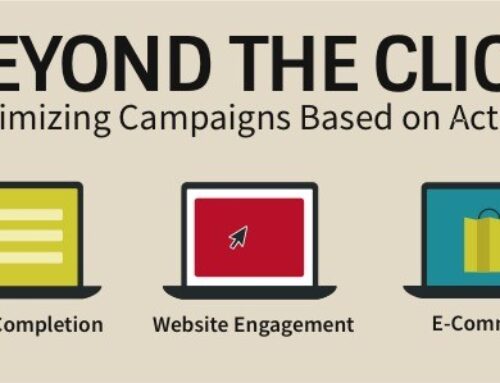If you think those targeted display ads that “follow you around” the internet are good at predicting the things you want to buy, just wait until you hear about dream-targeting.
Research shows that 30% of people have a positive or very positive reaction to targeted display ads based on web searches, content consumed on the internet and even smartphone location data because it can effectively show them products that are relevant to their own personal interests.
Today a new kind of targeting technology makes its internet debut. This particular tactic will allow advertisers the ability to target users based on the desires of their wildest dreams. It’s called dream-targeting and here’s how it works.
Because 71% of people sleep with a phone on their nightstand or within arm’s length of their bed, advertising companies can tap into something called NFC (near-field communication) technology. You may be familiar with this feature if you have ever used your phone to pay at a cash register. It allows the transference of data without the use of wi-fi, cellular data or Bluetooth.
Dream targeting uses NFC to record data from the dreams of individuals who sleep within 2 meters of their smartphone. That data is then leveraged by advertisers to target the prospects with ads based on their dreams. As they surf the web during their waking hours, they’ll start to see ads for the very things they have dreamt about.
Luxury automobile manufacturers, high end vacation resorts and dating apps are the first companies looking to take advantage of this technology. Tommy Ray Glatman, head of marketing for a large cruise line, had this to say,
“We are looking forward to placing our ads in front of people who dream of going on an extravagant vacation, but haven’t shopped for it yet. If they’re dreaming about it in their subconscious, we want to advertise to their conscious.”
In early tests of the technology, a world-renowned jeweler noticed a huge spike in the sale of engagement rings, claiming that placing ads for diamond rings in front of prospects who were dreaming of marriage may have given them the confidence to pop the question.
Targeted display has always had the ability to place relevant ads in front of prospects based on their shopping behavior. Advertisers think that dream-targeting will get them into the game even sooner, allowing them to target customers based on their wildest dreams.
Are you an advertiser who wants to learn how you can take advantage of this new technology? Well keep dreaming because this is, of course, an April fool’s prank.





